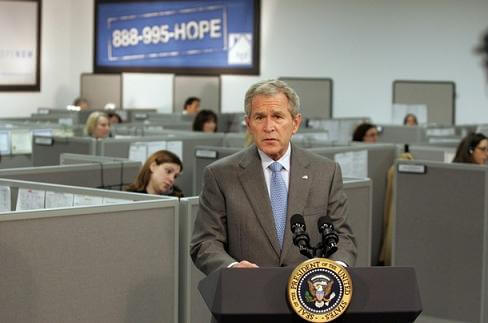The peace we seek in the world is not the flimsy peace which is merely an interlude between wars, but a peace which can endure for generations to come.
It is important that we understand both the necessity and the limitations of America’s role in maintaining that peace.
Unless we in America work to preserve the peace, there will be no peace.
Unless we in America work to preserve freedom, there will be no freedom.
But let us clearly understand the new nature of America’s role, as a result of the new policies we have adopted over these past four years.
We shall respect our treaty commitments.
We shall support vigorously the principle that no country has the right to impose its will or rule on another by force.
We shall continue, in this era of negotiation, to work for the limitation of nuclear arms, and to reduce the danger of confrontation between the great powers.
We shall do our share in defending peace and freedom in the world. But we shall expect others to do their share.
The time has passed when America will make every other nation’s conflict our own, or make every other nation’s future our responsibility, or presume to tell the people of other nations how to manage their own affairs.
Just as we respect the right of each nation to determine its own future, we also recognize the responsibility of each nation to secure its own future.
Just as America’s role is indispensable in preserving the world’s peace, so is each nation’s role indispensable in preserving its own peace.
Together with the rest of the world, let us resolve to move forward from the beginnings we have made. Let us continue to bring down the walls of hostility which have divided the world for too long, and to build in their place bridges of understanding–so that despite profound differences between systems of government, the people of the world can be friends.
Tag: George W. Bush
Department of Bad Photo Ops
Whoever set up the President of the United States to look like he has been demoted to working from a cubicle in a phone bank should not have a long career in public relations:


That’s from an appearance Friday in Freehold, NJ, and I seriously had to double-check that these were not satirical photos from The Onion or something. We even got the “Bush tries to feed the cube-dwellers” photo:

Oh, well. It can always be worse:
